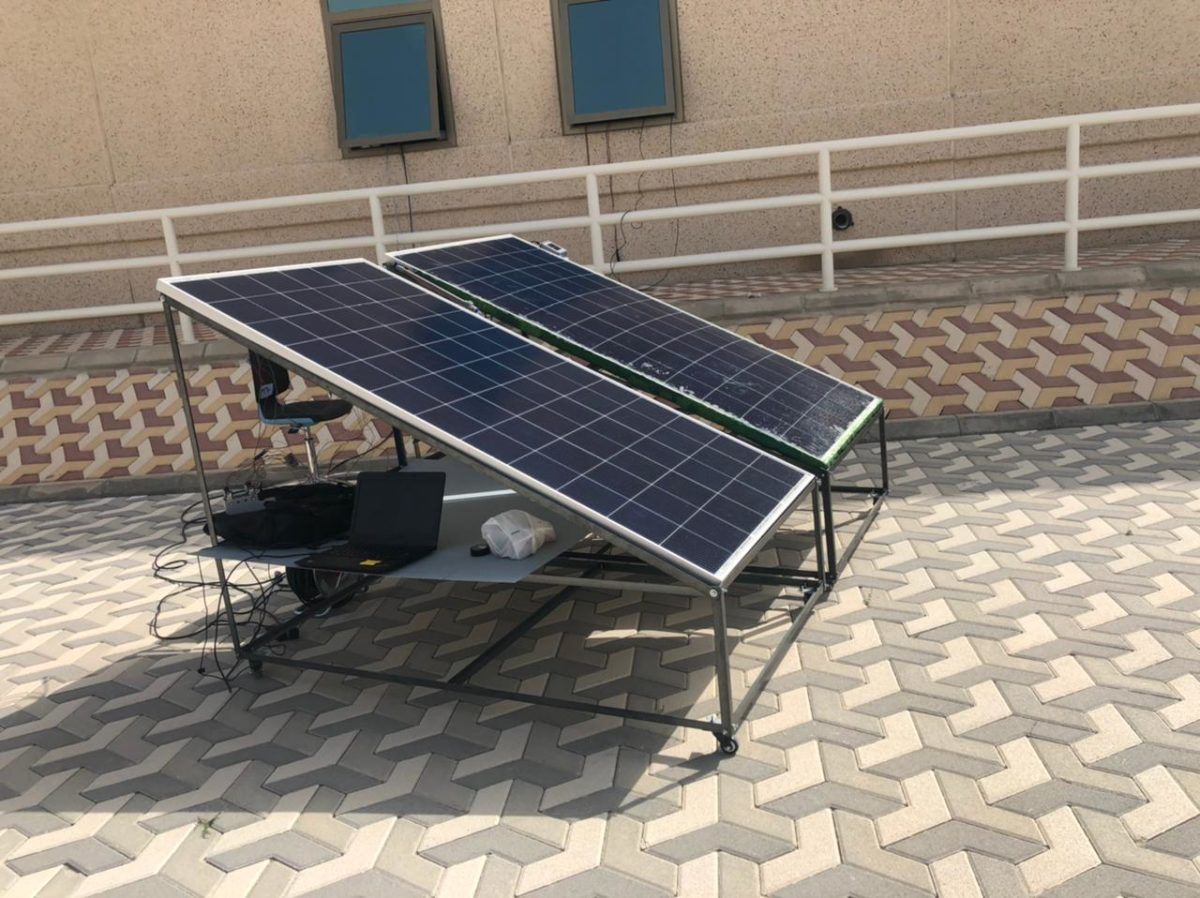A group of scientists from the Imam Abdulrahman Bin Faisal University, in Saudi Arabia, has assessed the performance of several cooling techniques in solar PV systems subject to the country's harsh environmental conditions.
The researchers' analysis embraced passive cooling systems based on a heat sink or a heat sink embedded into phase change materials (PCMs), as well as active cooling relying on micro-flat heat pipes, either immersed or not immersed in an immersion fluid.
The passive technologies were assessed under two different configurations: an 11%-efficient polycrystalline solar module with a power output of 15 W, equipped with six aluminum heat sinks on the back panel; and the same panel equipped with heat sinks placed into a highly thermally conductive aluminum container filled with TPM350, which is a phase change material offering a high thermal conductivity and melting at 50 degrees Celsius. In all configurations, the solar panels were tilted at 25 degrees and south-oriented. Measurements took into account output power, the surface temperature of the modules, and power conversion efficiency.
Active cooling was considered in two forms: a system consisting of a row of four heat pipes cooled by flowing water and place onto the back of the panel; and another one consisting of four heat pipes immersed in a box of liquid, as liquid bulk, integrated with the back of the solar panel. “This technology is interesting for cooling purposes because it uses buoyancy flow of liquid and evaporative cooling in the heat pipes, as a means of transferring thermal energy,” the scientists explained, referring to the second system and noting that three different liquids, such as engine oil, ethylene glycol, and regular water, were tested.
Popular content
The two passive techniques were found not to be performant enough to ensure proper cooling. That technique with the simple heat sinks was able to lower the module operating temperature by 10 degrees Celsius, on average; and that based on the PCM was able to guarantee sufficient cooling only for the first two hours. “When melting was completed, the PCM became ineffective, allowing the panel temperature to rise sharply, becoming greater than that of the uncooled panel due to the thermal resistance of the PCM,” the Saudi group stated, adding that a PCM with a higher melting point should be utilized.
As for the active system, the most effective was that based on four heat pipes immersed in water, which was able to reduce the panel temperature by up to 53%; followed by those immersed in ethylene glycol, which results in a 48% reduction; and those immersed in engine oil, which lowered the module temperature by 25%. The lowest percentage – 21% – was obtained by the row of four heat pipes cooled by flowing water. “Lower panel temperatures and higher open-circuit voltages at the solar panel terminals were found if the panel was actively cooled using heat pipes immersed in regular water,” the academics emphasized. “In this configuration, the voltage increment was 13%, relatively compared to the uncooled panel configuration.”
The findings of the research can be found in the paper Innovative technique for achieving uniform temperatures across solar panels using heat pipes and liquid immersion cooling in the harsh climate in the Kingdom of Saudi Arabia, published in Alexandria Engineering Journal.
This content is protected by copyright and may not be reused. If you want to cooperate with us and would like to reuse some of our content, please contact: editors@pv-magazine.com.



Test heating also